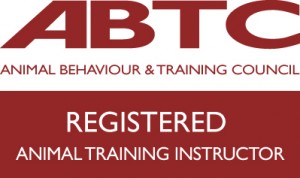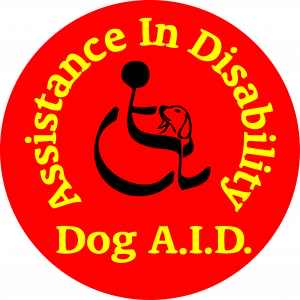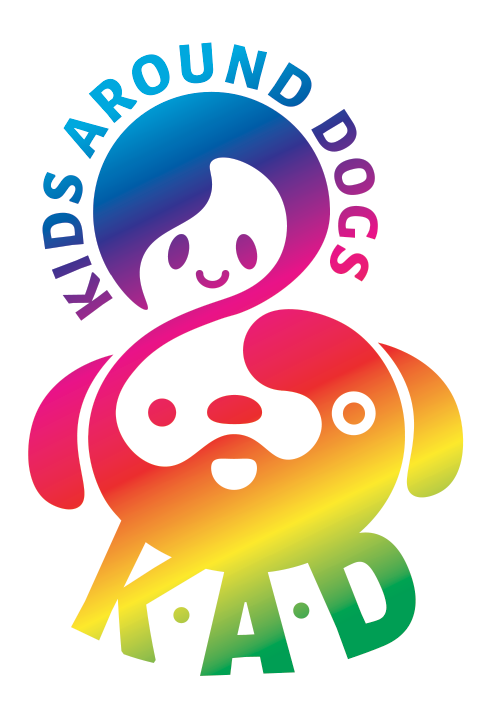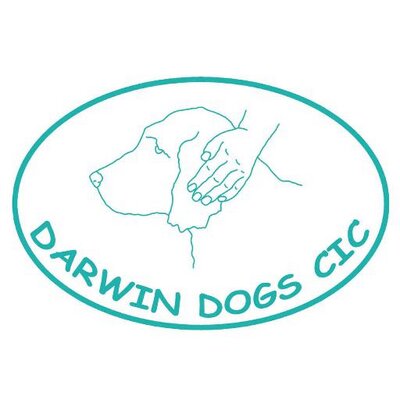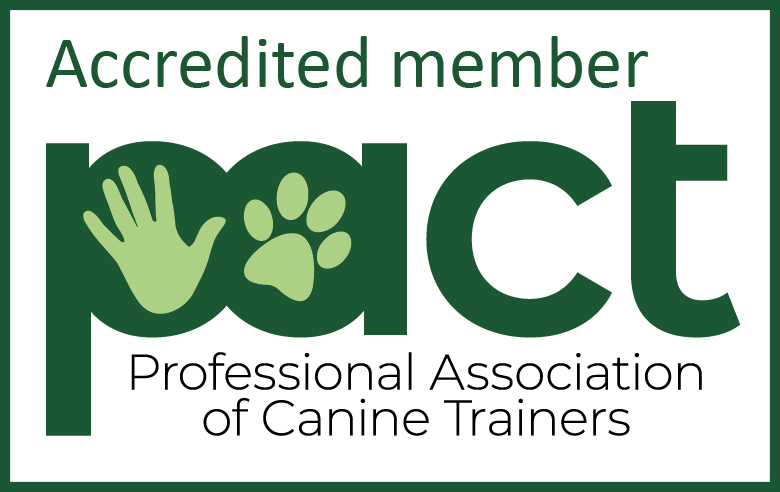Life vs Treat - No Competition.
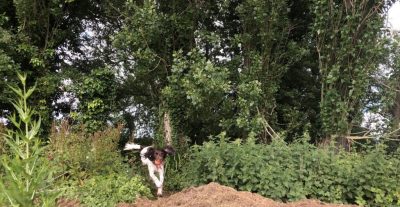
A treat is never going to be more appealing than the stalk/chase/kill/retrieve of anything your dog sees as prey.
Please stop thinking the treat is what is encouraging your dog to make the choices we want from them. Trained well, the ‘lure’ (the part where we guide them using the treat) is replaced with a hand signal very quickly, a reward is then put in for achievement at varying levels.
So how the hell does this force-free training actually work?!?
Well, let’s look at the definition of ‘training’ from Collins Dictionary:
NOUN
1.
a. the process of bringing a person, etc to an agreed standard of proficiency, etc by practice and instruction
And now Practice:
NOUN
1. a usual or customary action or proceeding
it was my practice to rise at six
she made a practice of walking to work
2. repetition or exercise of an activity in order to achieve mastery and fluency
So, it’s not necessarily the method, (although force-free training is absolutely the best option for many reasons ), it is the act of actually training and practising exercises so you and your dog get it right.
Train in places where you can control outcomes to set yourselves up for success.
If you try and fail, change something, distraction too distracting? Choose something else less interesting- a toy, an empty bowl….
Too close, too far away. Move.
But learn from this.
‘Insanity Is Doing the Same Thing Over and Over Again and Expecting Different Results’ Einstein. Possibly. (Google is unsure!)
You absolutely have to train successful outcomes on more occasions than unsuccessful attempts would occur in the wild.
Example 1:
Your dog finds a dead bird and won’t let go.
You go home and you train ‘give’ using different items (toys, shoes, bread rolls, sponges, apples, hard things, soft things, big things, small things, you get the gist), do it with objects they find, objects they’ve chased (you’ve thrown), which is hardest for them to ‘give’? Why do you think this is? What does this tell you you need to work on next?
Train until that behaviour is solid with each item, in each situation.
Example 2:
Your dog keeps running at people.
Training:
Train recall in the garden and in secure fields using as many distractions as possible, food bowls, toys, snuffle mats, until it is solid. Call once they’ve reached the bowl, call while they are running at the bowl. List reward preference in order from favourite to least favourite.
Same questions as above, why can’t they recall when running at something? How do I set it up differently so they will get this right? Do I need to use a distraction that’s less exciting?
So I guess what I’m trying to say is, it’s the repetition of successful training that gets results, not the single reward but all the rewards that have been before as well. The history to that cue.
On the flip side, the repetition of ‘bad’ behaviour also gets results - the dog just masters things you don’t want them to.... which is where management comes in, but that is a blog for another day.
Louise Yden
Senior Trainer
South Coast Dog Training School


